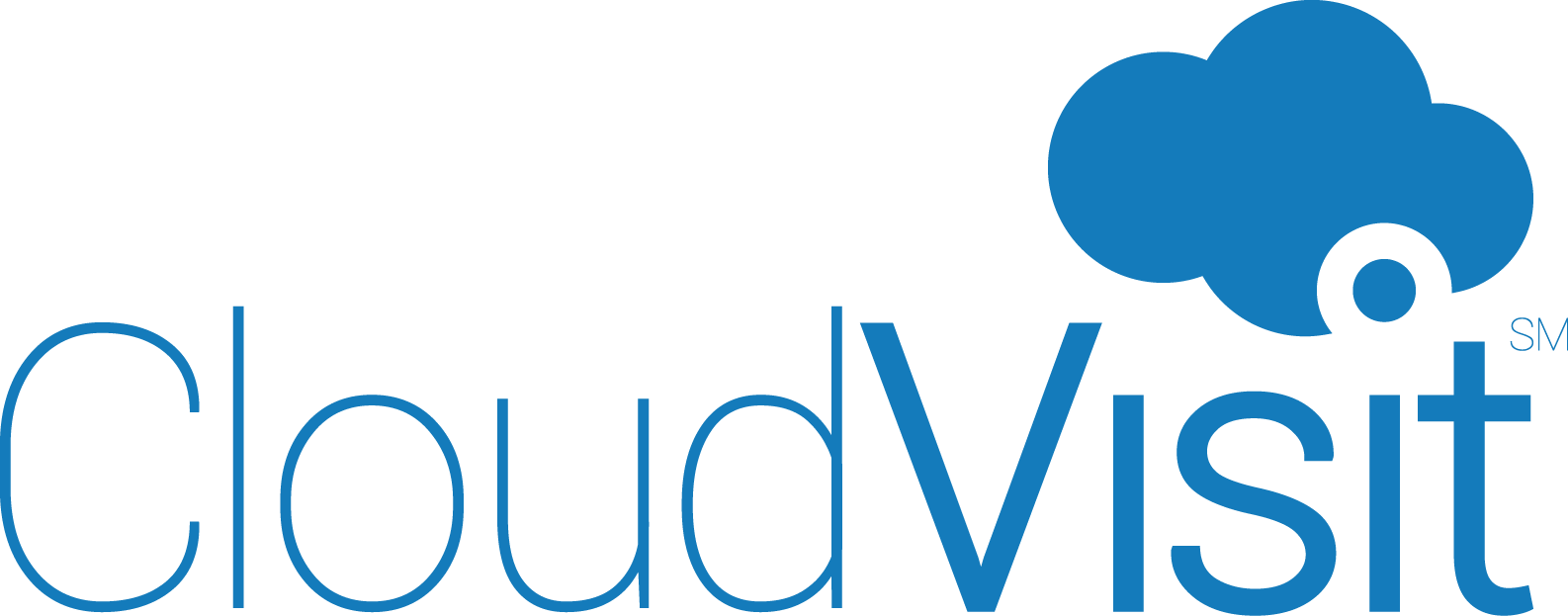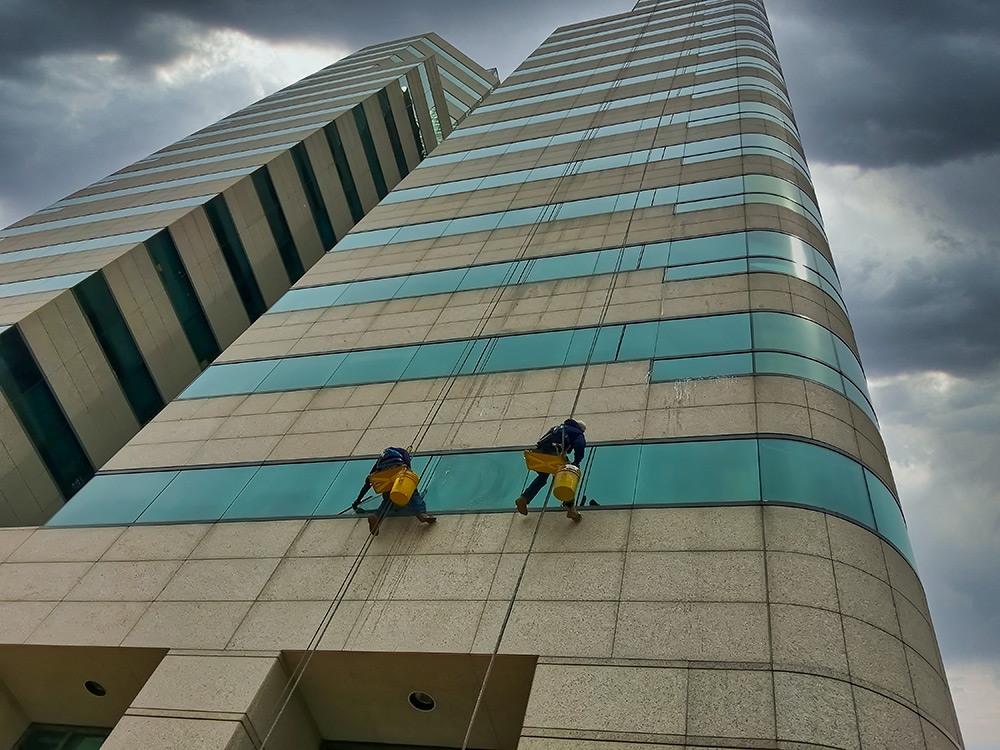While an injury can occur in any profession, a significant share of them occur in the construction industry. Many times the reasons for the injuries can be related to the unusual challenges that a construction site poses for an individual. Since many of these occur in an open field, persons are subject to weather-related issues that can increase the volatility of the work environment when performing a job. Most of the injury categories fall into four basic types. A person can:
- Fall
- Be struck by an object
- Suffer from an electrical accident
- The “in-betweens” where a user is crushed between multiple objects or compressed equipment.
Because of these incidents, the cost to firms in worker’s compensation and lawsuits due to injury has skyrocketed over the last decade. In 2018 for example, there were over 2.5 million workers who sustained work injuries during the year. This was reflected in the almost 5000 deaths recorded at a work site. This is in addition to the time lost for a firm while an employee is lost from a non-fatal injury. For some time now, workers have been required to fill forms and make statements indicating an awareness of the hazards of a particular work environment. Recently, many organizations have turned to using recorded statements to reduce their liability on the worksite.
Job Hazard Analysis
One of the ways that companies used to reduce the risks to their workers is by the completion of Job Hazard Analysis (JHA) or a Job Safety Analysis (JSA). In this way, the common hazards that can occur are analyzed with steps to improve safety for each area of the work to be employed. Supervisors can use the findings given through these to eliminate the dangers present at a given job site. This will make for fewer injuries and can improve worker productivity, in addition to the extra safety provided. This involves prioritizing the jobs that can be the most dangerous and determining the steps that can reduce risks. This can be especially true of jobs where human error can be most costly. The Occupational Health and Safety Administration (OSHA) has written guides to aid with the development of JHAs which also makes programs available to help firms with workplace consultations and overall training.
Recorded Statements In the Video Inspection
While a JHA can be beneficial for a work environment; often there are situations where conditions can change quickly. There may be reasons, such as time constraints as to why a JHA cannot be created. In such volatile cases, the assessment of danger is left up to the judgement of the supervisor and those working in the actual field. For such jobs, no matter what precautions are taken there will be a greater probability of risk involved. In order to limit the liability that a company could incur in the case of such an issue, a movement towards recorded statements, acknowledging the danger given by the workers will help to reduce the risks given to the firm. These can be reasonably short, with the workers and the crew leads showing that they have taken every precaution that is reasonably possible and that they understand the risks of working in such an environment. An inspection tool such as CloudVisit’s Remote Virtual Inspection software can record these statements and have them serve as proof that the crew knew the hazards with a job site prior to commencing work.
CloudVisit’s Remote Virtual Inspection Software Can Aid In Safety Preparation
CloudVisit’s Remote Inspection software can do more than simply record the inspection at a work site. The software can record various types of procedures that can be used as a video library for the crew. When going into a specific job site; the tool can be used to serve as a video record of the crewmember’s preparedness for an inspection job. Finally, where an unforeseen condition requires a quick statement by an employee acknowledging the risk about to be incurred, CloudVisit’s software can serve as a witness to minimize the liability that a company can incur.

 Language:
Language:







